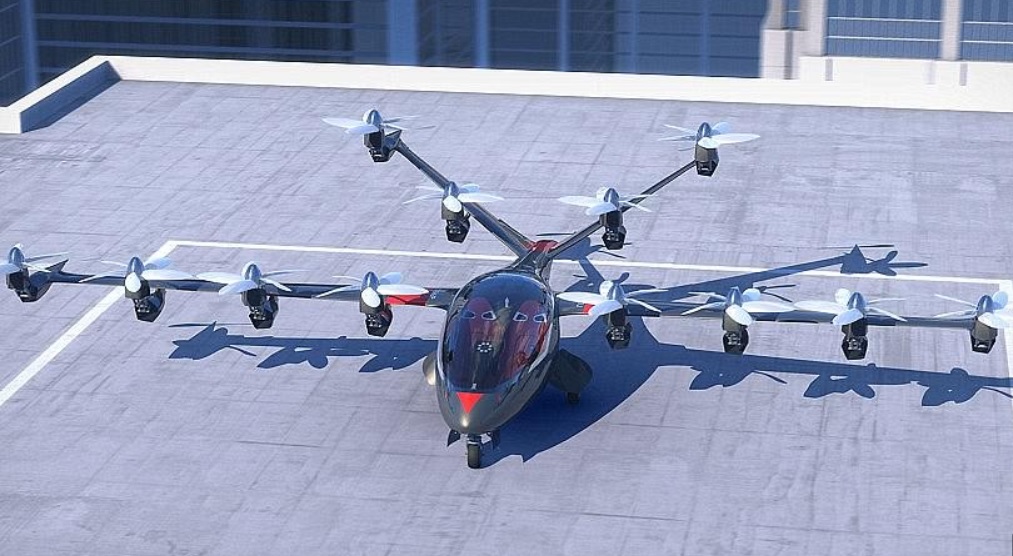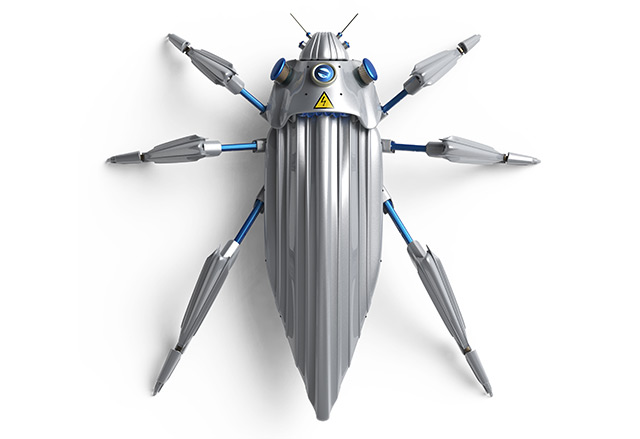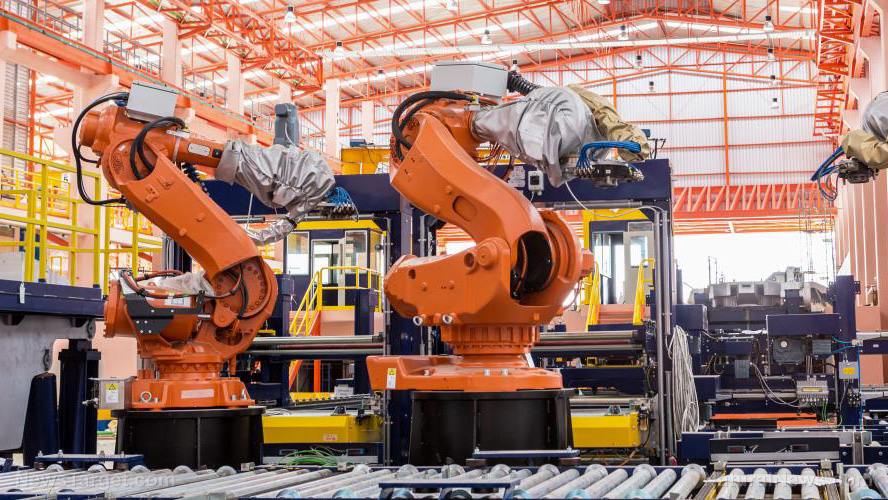09/28/2015 / By Chris Draper
One of the great difficulties facing the clean-up crew at the Fukushima site is locating the missing nuclear reactor fuel. Radiation levels at the power plant are too high for human investigation, and efforts to send robot probes into the nuclear reactors have proven fruitless. Consequently, researchers are now developing a new and improved robot that can withstand the harsh environment.
The robot was designed by the Universities of Tokyo and Tsukuba, and the International Research Institute for Nuclear Decommissioning. The remotely controlled robot is equipped with 360-degree cameras and lasers that paint a three-dimensional image of its surrounding environment. Plant operators at TEPCO hope to use the robot to find out how much wreckage inside the plant needs to be disposed before officials can begin decontaminating the site.(1)
Scientists are in the dark about the total amount of damage inside the reactors. Hopefully, the cameras mounted on top of the robot will be able to shed light on the void. “We’ve expanded the field of vision, so it should give the workers operating the robot a bird’s-eye view of what they’re doing,” an unidentified official told Japan’s Mainichi newspaper.(1)
A black hole of no return
The Fukushima Daiichi power plant is like a black hole: Anyone or anything that dares to step past its horizon is guaranteed a one-way trip to oblivion. Before the Fukushima site was a black hole, it was equivalent to a star that continuously pumped out energy. The star collapsed to its core in 2011, after a massive tsunami caused a complete meltdown of three nuclear reactors. Radiation continues to seep through the decay of the colossal wreck.
Efforts to investigate what lies inside the reactors have been futile. Back in April of 2015, for example, a robot died a mere three hours after being released inside a reactor building. It was the first robot to venture into the abyss since 2011, shortly following the disaster. After the engineers lost control of the robot, they tried to salvage it over the weekend. Despite much trial and error, TEPCO decided they would cut off the life support of the robot by severing its cables.(2)
TEPCO stated that launching the robot into the reactor was an unprecedented experiment used to gain crucial data necessary to decommission the reactors. Conserved estimates suggest that it will take 40 years to decontaminate the site, and cost tens of billions of dollars in the process.(1, 2)
New robot on the horizon to peer past Fukushima’s horizon
Efforts to peer inside the nuclear reactors aren’t bound to robots on the ground. A flying drone has been tested for use at the site. Nevertheless, it has yet to to be used inside some of the most damaged buildings.(1)
The ambition is that the new robot’s 360-degree cameras will enable scientists to have a clearer view of the wreckage inside the nuclear reactors. In addition, the lasers attached to the robot should allow it to calculate the precise location of the wreckage.(1)
In short, TEPCO is scrapping for radiation at the bottom of the Fukushima barrel. All other attempts to stare into the abyss have been met with silence. Whether the new robot will meet the fate of its fallen robot brethren is anyone’s guess.
Sources include:
(1) BBC.com
(2) IBTimes.co.uk




















